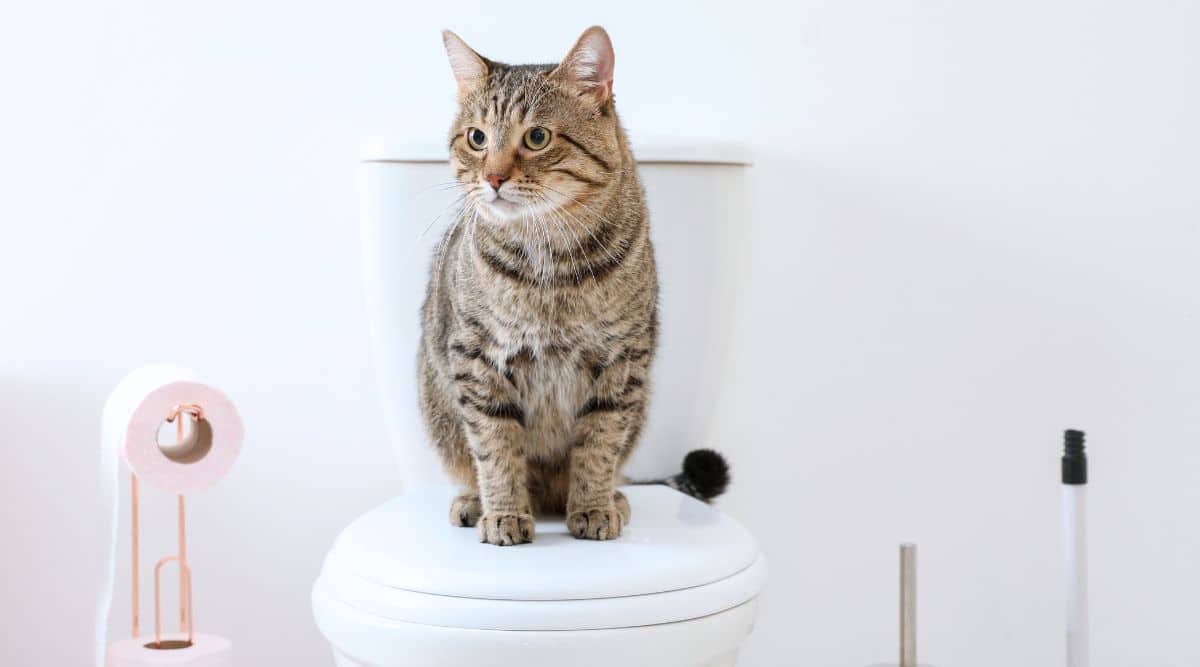The author is making several good points regarding Should you flush animal waste down the toilet as a whole in the content on the next paragraphs.

When it concerns disposing of waste, especially animal waste, lots of people usually turn to the hassle-free choice of flushing it down the toilet. Nonetheless, this seemingly simple remedy can have significant effects for the environment and public health. In this article, we'll discover why flushing pet waste down the bathroom is a poor idea and offer alternate techniques for proper disposal.
Intro
Proper garbage disposal is critical for maintaining environmental sustainability and public health. While it may seem safe to flush animal waste down the bathroom, it can result in different concerns, both for the atmosphere and human wellness.
Threats of flushing pet waste
Ecological influence
Flushing animal waste introduces unsafe microorganisms and microorganisms into rivers, which can negatively impact aquatic environments. These microorganisms can contaminate water sources and harm marine life, interrupting delicate ecological communities.
Public health concerns
Pet waste contains unsafe bacteria such as E. coli and Salmonella, which can pose severe health and wellness dangers to humans. Flushing pet waste down the commode can infect water supplies, resulting in the spread of diseases and infections.
Alternatives to flushing
Rather than purging pet waste down the bathroom, there are a number of alternative disposal methods that are extra eco-friendly and sanitary.
Composting
Composting pet waste is an environment-friendly method to deal with it. By composting, raw material is broken down into nutrient-rich soil, which more info can be used to fertilize yards and plants.
Garbage dump disposal
Getting rid of pet waste in a land fill is another alternative. While not as environmentally friendly as composting, it is a much safer option to flushing, as it protects against the contamination of water sources.
Animal garbage disposal systems
There are specialized family pet waste disposal systems offered that safely and hygienically throw away animal waste. These systems often utilize enzymes to break down waste and get rid of smells.
Actions to correct pet waste disposal
To make sure proper disposal of animal waste, adhere to these steps:
Scooping and nabbing waste
Regularly scoop and bag animal waste using biodegradable bags. This stops waste from infecting the atmosphere.
Making use of assigned waste bins
Dispose of bagged animal waste in assigned waste bins, such as compost bins or garbage dump bins. Avoid flushing it down the commode whatsoever expenses.
Cleaning up litter boxes and pet locations frequently
Frequently tidy litter boxes and animal areas to prevent the buildup of waste and microorganisms. Usage pet-safe cleansing items to preserve hygiene.
Benefits of proper disposal approaches
Adopting correct disposal techniques for pet waste supplies several advantages:
Minimized environmental pollution
Appropriate disposal techniques decrease the risk of environmental pollution, securing waterways and ecological communities from contamination
Minimized threat of water contamination.
By avoiding flushing pet waste down the bathroom, the danger of water contamination is substantially decreased, guarding public health.
Improved cleanliness and health
Appropriate disposal approaches promote much better sanitation and hygiene, developing a more secure atmosphere for both humans and animals.
Conclusion
In conclusion, purging animal waste down the toilet is unsafe to the atmosphere and public health. By adopting different disposal methods and adhering to correct waste administration techniques, we can minimize the negative impact of pet waste and add to a cleaner, much healthier earth.
What To Do With Dog Poo – The Do's And Don'ts Of Disposing Of Faeces
Dog poo bins
Some councils provide dedicated dog waste bins in popular dog-walking areas that can take dog poo that has been bagged but you can legally dispose of dog waste in any public litter bin, as long as it is securely bagged. This also applies to your wheelie bin at home.
Do not flush
Water companies do not recommend flushing dog faeces down the toilet because certain parasites can survive the water processing treatment and are potentially harmful to humans. You should also never consider flushing dog poo that has been bagged down the toilet as the bags will not break down and instead create severe blockages in the sewage system.
In the woods
The Forestry Commission promotes a ‘stick and flick’ method for dealing with waste in the woods. This means finding a stick and using it to flick any poo from off the path so that it is out of the way of other walkers. You could also bury it as long as it is not in an area where there might be livestock.
Livestock
Parasites found in dog poo can be transmitted to livestock if they inadvertently eat infected faeces that has been left on grazing land. This could result in the death of sheep or abortion in cattle so you should always make sure you pick up your dog’s waste in fields where livestock could be present.

Frequently tidy litter boxes and animal areas to prevent the buildup of waste and microorganisms. Usage pet-safe cleansing items to preserve hygiene.
Benefits of proper disposal approaches
Adopting correct disposal techniques for pet waste supplies several advantages:
Minimized environmental pollution
Appropriate disposal techniques decrease the risk of environmental pollution, securing waterways and ecological communities from contamination
Minimized threat of water contamination.
By avoiding flushing pet waste down the bathroom, the danger of water contamination is substantially decreased, guarding public health.
Improved cleanliness and health
Appropriate disposal approaches promote much better sanitation and hygiene, developing a more secure atmosphere for both humans and animals.
Conclusion
In conclusion, purging animal waste down the toilet is unsafe to the atmosphere and public health. By adopting different disposal methods and adhering to correct waste administration techniques, we can minimize the negative impact of pet waste and add to a cleaner, much healthier earth.
What To Do With Dog Poo – The Do's And Don'ts Of Disposing Of Faeces
Dog poo bins
Some councils provide dedicated dog waste bins in popular dog-walking areas that can take dog poo that has been bagged but you can legally dispose of dog waste in any public litter bin, as long as it is securely bagged. This also applies to your wheelie bin at home.
Do not flush
Water companies do not recommend flushing dog faeces down the toilet because certain parasites can survive the water processing treatment and are potentially harmful to humans. You should also never consider flushing dog poo that has been bagged down the toilet as the bags will not break down and instead create severe blockages in the sewage system.
In the woods
The Forestry Commission promotes a ‘stick and flick’ method for dealing with waste in the woods. This means finding a stick and using it to flick any poo from off the path so that it is out of the way of other walkers. You could also bury it as long as it is not in an area where there might be livestock.
Livestock
Parasites found in dog poo can be transmitted to livestock if they inadvertently eat infected faeces that has been left on grazing land. This could result in the death of sheep or abortion in cattle so you should always make sure you pick up your dog’s waste in fields where livestock could be present.

I'm just very occupied with Why you should never flush dog poop down the toilet and I hope you enjoyed reading the blog posting. In case you liked our page if you please consider to pass it around. Many thanks for your time invested reading it.
Appointment